The project to evaluate the effectiveness and safety of the universal diagnosis and treatment model for latent tuberculosis combined with active detection of tuberculosis cases in reducing the incidence of tuberculosis in the community (ACT5 Project) has been implemented in Ca Mau province since April 2022. The project is supported by the Central Lung Hospital and the Woolcock Institute of Medical Research, implemented in the period 2022-2026 in Ca Mau province. In the period from 2024-2025 alone, it is expected that about 156,000 people in 9 districts and cities with 208 hamlets and villages will continue to be screened for tuberculosis along with screening for other non-communicable diseases.
In a total of 17 participating hamlets/villages in Ca Mau City, the ACT5 Project screened 15,003 participants aged 5 and above for latent TB using TST (Tuberculin Skin Testing), accounting for 98.6% of those who agreed to participate, the remaining 1.4% did not receive the injection after signing the consent form. After receiving the TST injection, project staff continued to visit the house within 48-96 hours after the injection to measure the test results. There were 14,379 participants who completed the TST reading, accounting for 95.8% of the participants who were vaccinated, with a positive TST rate of about 36.2% of those who completed the TST reading. Of which, the positive rate in adults was about 36% and in children was about 16%. Based on the treatment completion rate of the total number of people starting treatment in Ca Mau City, it can be seen that the level of treatment completion compliance of the people is usually stable at approximately 50% or more, although the rate of starting treatment is not high; this rate is also similar to some urban/town areas in the whole province. There are 3/17 hamlets/villages with a treatment rate of less than 50%, which can be partly explained by the specific nature of each area.
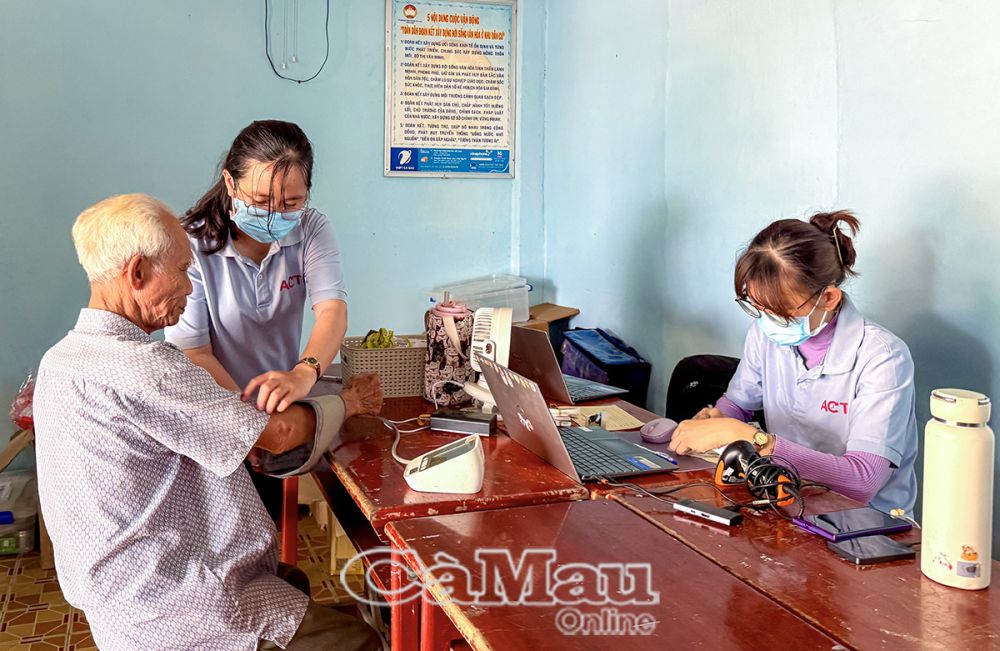
Each person had their blood pressure measured three times to screen for other non-communicable diseases.
Currently, for the National Tuberculosis Control Program, TB screening and treatment are carried out on high-risk groups, meaning people who have high frequency contact with TB patients, or people with immunodeficiencies such as HIV, hepatitis B must be screened. With the universal model, everyone is assessed as at risk, because our country has a high TB rate. Health workers have to go to each house to perform screening. After universal screening, health workers continue to assess the TB incidence between areas where it is done and areas where it is not done to see if the TB incidence has decreased. The goal of the ACT5 Project is to develop a standard model for universal screening to make recommendations to the World Health Organization and the National Tuberculosis Control Program for application in areas with a high TB burden.
Ms. Luu Boi Khanh, Master of Community Medicine, ACT5 Project Manager, said: “Currently, one of the things that ACT5 Project is seeing is that the TB rate in Ca Mau is now higher than 10 years ago when we did ACT3 Project. Almost all screening and treatment activities are greatly affected.”
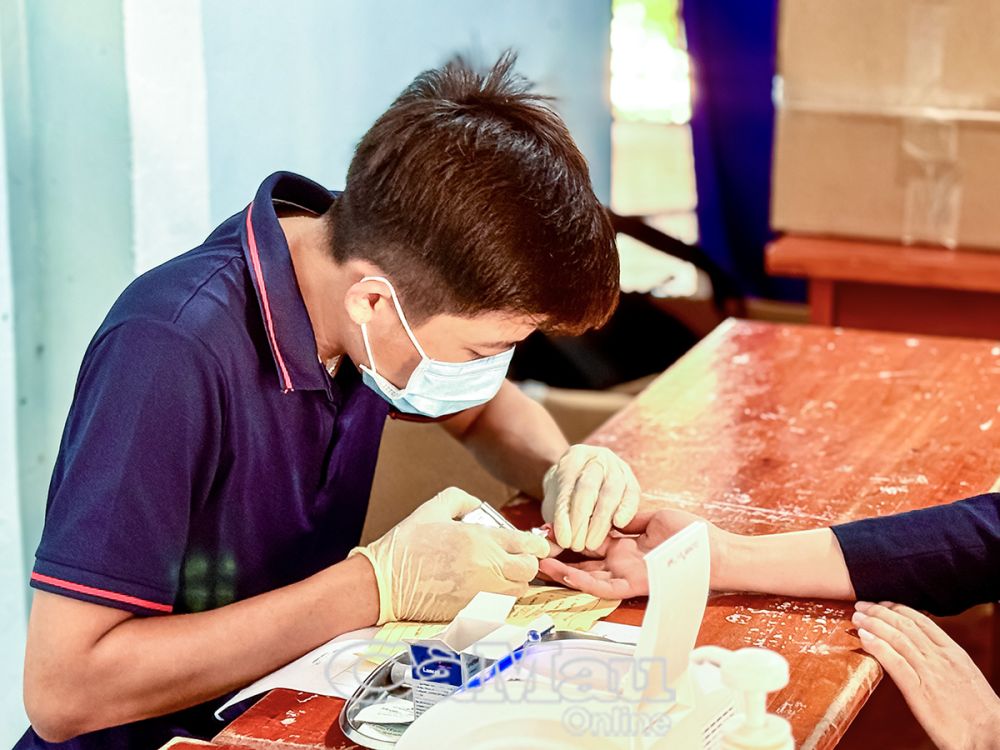
ACT5 Project medical staff take blood samples for testing.
The reason for the increase in the tuberculosis infection rate in Ca Mau compared to 10 years ago is due to the use of more advanced testing tests than before. The sensitivity and ability to detect bacteria of the current testing test is more advanced, so it can detect many new tuberculosis cases, or cases with mild symptoms, with low bacteria counts in the sample. In addition, since 2020, Vietnam has had a Covid-19 outbreak, which is one of the setbacks in the tuberculosis control program because all programs are delayed, testing tests are not imported or are in short supply. People are quarantined so they limit going to facilities to receive medicine. In addition, there are other difficulties for people to proactively go for medical examination.
Ms. Luu Boi Khanh added that the direct investment cost in Ca Mau is more than 85 billion VND from the project. Screening activities focus on X-rays using mobile X-ray equipment, using AI to detect early abnormalities in lung films... For suspected TB cases, an additional Xpert test will be performed with very high sensitivity and reliability used to diagnose TB.
In the period 2025-2027, the project will continue to evaluate non-communicable diseases in the community with 3 main groups: high blood pressure, diabetes and pulmonary embolism. For high blood pressure, it will be done according to the instructions of the Ministry of Health , measuring blood pressure 3 times to see if people have high blood pressure or not, in order to guide the local non-communicable disease program. For the diabetes program, the project will use the HbA1c test on the spot and return the results immediately to the participants. For pulmonary embolism, the project will go to the house or invite people to the most convenient place to measure respiration. At the same time, the project will also conduct an additional part of interviewing people about smoking to determine the rate of smoking in the community, and at the same time assess their ability to quit smoking or not to have appropriate strategies in controlling smoking in the community.
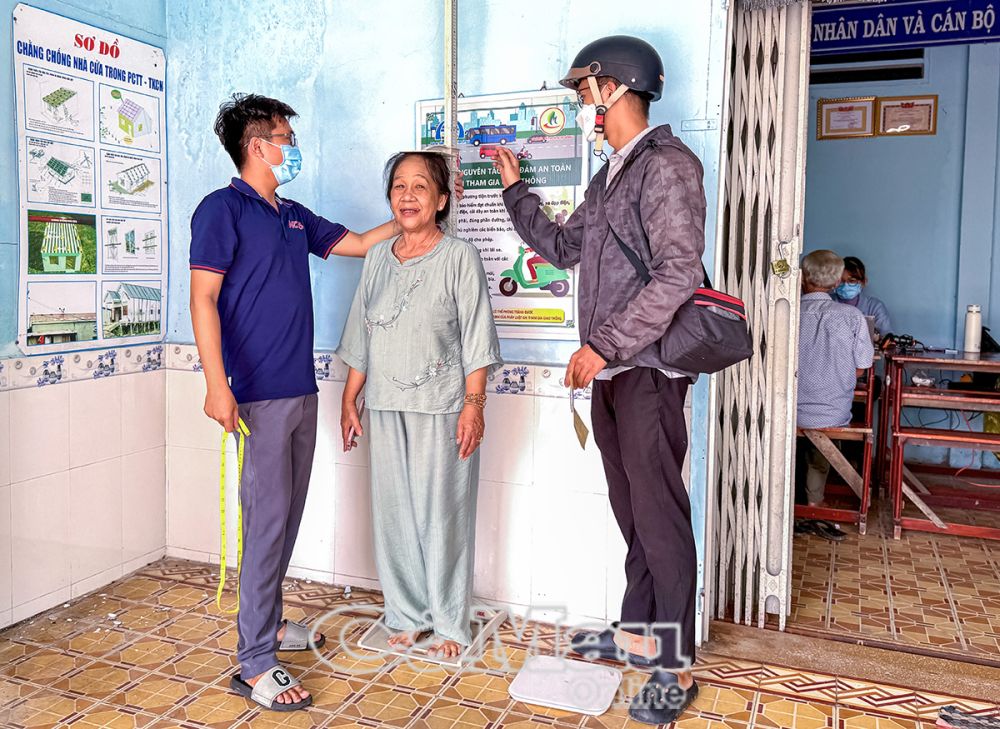
Height and weight measurements are taken carefully.
Mr. PVT, born in 1967, residing in Hamlet 3, Cai Nuoc town, Cai Nuoc district, said: "When I heard about the free TB screening, I tried to go. I am worried about my health and also afraid of infecting people around me. I invited some neighbors but they refused because they were busy with work. TB is contagious, so everyone who has the conditions and can get free testing should go."
Luu Tuong My, born in 2007, residing in Hamlet 3, Cai Nuoc town, shared: "I think young people should get tested for TB early. Currently, many young people smoke cigarettes and e-cigarettes, so the rate of TB is high. Testing for TB, in addition to early detection for treatment if you have it, also has to protect the community because the circle of infection is very wide and fast."
Ms. Luu Boi Khanh said that tuberculosis treatment lasts for 6 months. For tuberculosis patients, after 1-2 weeks of taking medication, the symptoms gradually decrease and by the second month, there are almost no symptoms.
"However, if the patient does not take enough medication according to the regimen, the bacteria in the body will double. At first, when the patient stops treatment, nothing will happen. Over time, because the treatment is not completed, the tuberculosis will recur. When the patient does not see symptoms, can eat, does not cough, does not lose weight, they think that treatment is not necessary. More dangerously, at this time, if the patient goes for a sputum test, the sputum sample will be negative. From there, they become more complacent and do not need treatment, do not need to complete the regimen," Ms. Luu Boi Khanh warned./.
Lam Khanh
Source: https://baocamau.vn/sang-loc-lao-trong-cong-dong-a39194.html















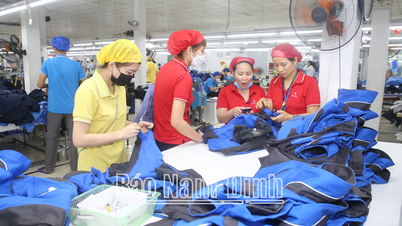
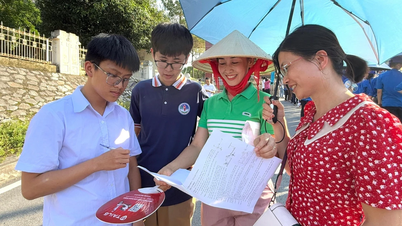





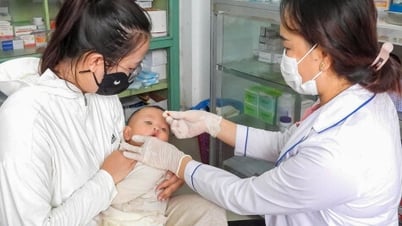
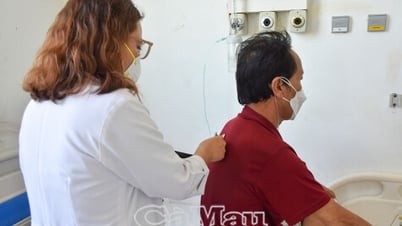


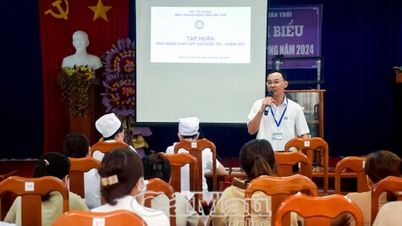
































































Comment (0)